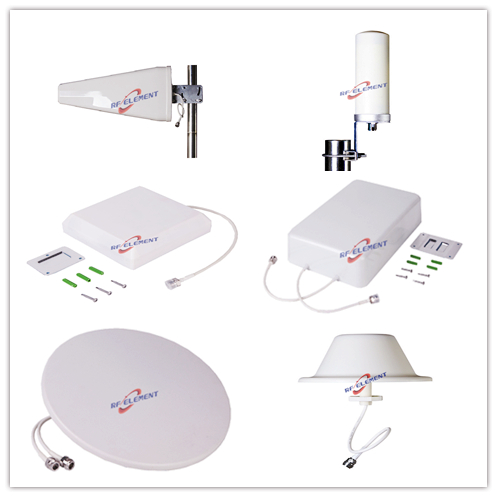
5G is here, and it's bringing super-fast internet, quick responses, and smooth communication. But to make the most of 5G inside buildings, you need the right gear—like indoor 5G antennas. This post will help you get a handle on what's out there for keeping your indoor spaces connected.
Why Indoor 5G Antennnas Matter
Imagine indoor 5G antennas as the bridge that brings the speed of 5G from the outside in. They're what you need to fill your building, office, home, or any public spot with strong, steady signals. These antennas make sure your devices stay connected, no matter where you are.
The Types of Indoor 5G Antennas You Might Find
Omni-Directional Antennas: Imagine antennas that send signals out like a room full of chatter at a party. They work well in medium-sized spots, great for places with lots of people and devices that need to connect.Directional Antennas: Picture these as flashlights— they send a concentrated beam of signal to a particular spot. They're perfect for sending a strong signal to a specific area in a building.
Panel Antennas: These are like a mix of the two. They're flat and can be mounted on walls or ceilings, giving a good balance of spreading the signal around while also aiming it in a certain direction.
Distributed Antenna Systems (DAS): Picture a group of antennas covering an entire building. They're like having signal boosters in every corner, perfect for big areas like stadiums or malls where you need a strong signal everywhere.What Makes a Good Indoor 5G Antenna
Frequency Bands:These antennas work on certain frequency bands meant for 5G.
Gain:This tells you how well an antenna can focus and boost its signal. The higher the gain, the further the signal will go.
Beamforming:This tech helps antennas aim their signals right at your devices, improving your connection.
MIMO:This lets antennas send and receive lots of data at once, making your network faster and more efficient.
Polarization:This is about the direction of the signal wave and can affect how well your antenna works.
Mounting Options:You can put these antennas on the ceiling, wall, or even a table. It depends on what looks best and works best for you.
Size and Looks:Antennas come in all shapes and sizes. Some blend in, while others stand out. Choose one that fits your space.
Indoor 5G antennas are what keep your inside world connected in the age of 5G. They're made for different situations, so understanding what they can do is key to setting up a great indoor network.
As 5G keeps changing the game, picking the right indoor antennas means you can enjoy all that speed and power wherever you are.
TAG:Indoor 5G Antennas: Types and Characteristics https://www.rfelement.com

